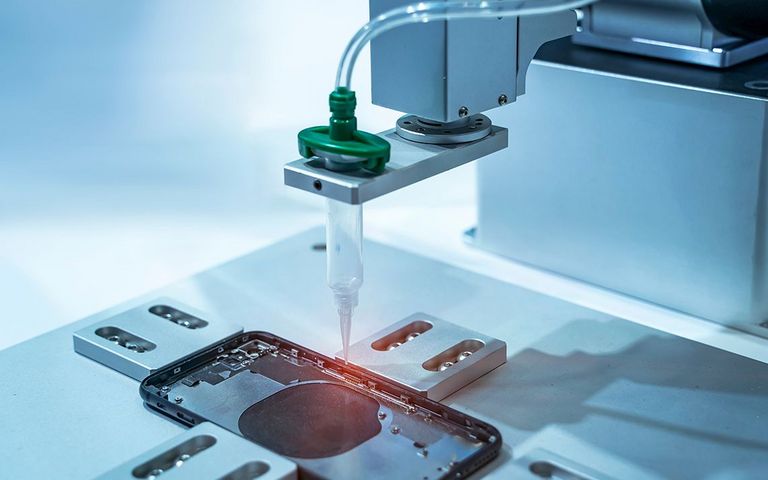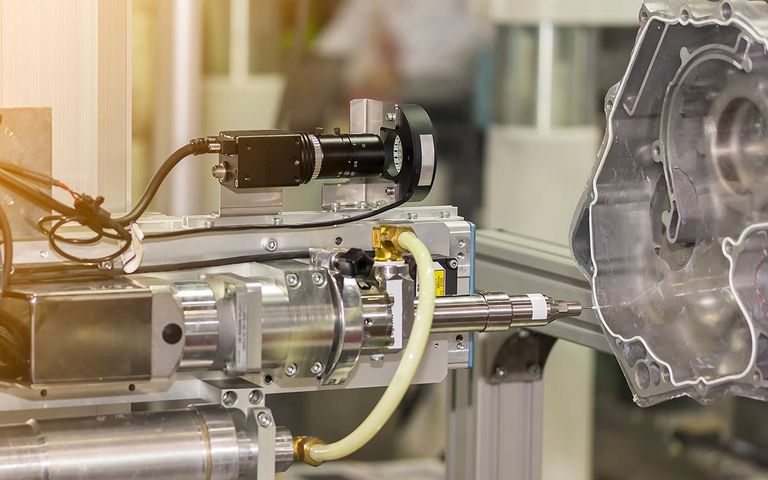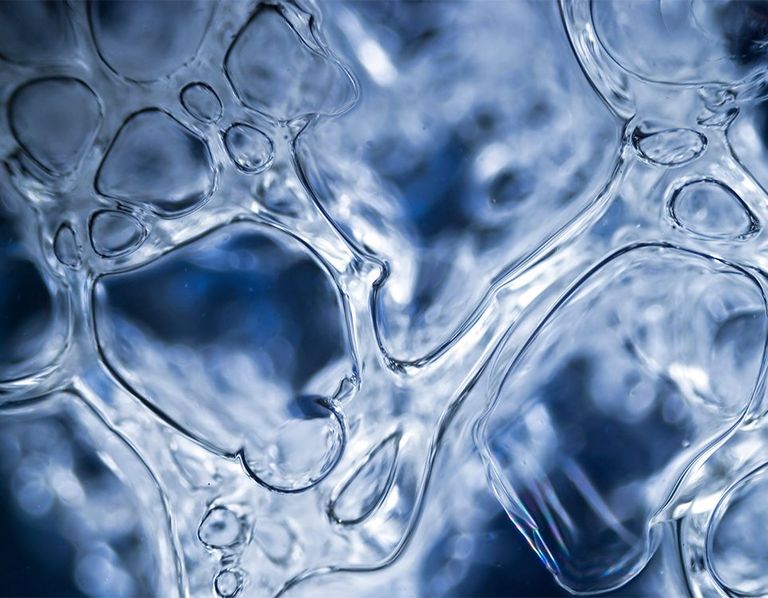Adhesives – a Growing Market.
As the demand for all kinds of goods increased at the end of the 19th century, more glue was also needed.
This circumstance accelerated the development of production technology. Quality requirements increased and the search for modern alternatives began.
Thus, at the beginning of the 20th century, the age of adhesives based on synthetically produced raw materials dawned. People researched the effects of adhesion and cohesion forces, the structure of adhesives and developed ever
more efficient variants.
Polyvinyl acetate, patented in 1914, is still the most widely used synthetic raw material for adhesive production.
Over 100 years later.
The adhesives industry is now of enormous economic importance and continues to grow. In Germany alone, around 1.5 million tons of adhesives, sealants and cementitious construction adhesives are produced annually. Around 50 % of the goods and construction services produced in Germany are related to adhesives.
Nowadays, practically everything can be bonded. Many products such as cell phones, mattresses or cars would not even be feasible without the use of adhesives. Bonding has become indispensable in construction. Even houses or bridges are now glued together. Composite materials are increasingly being used because they are lighter, stronger and cheaper than many conventional building materials. These products can be joined with adhesives: this not only saves on screws, but is also a faster and more efficient construction method.
Even skyscrapers are already being talked about in this context. Reducing the weight of the building not only cuts costs. Fluctuations during an earthquake could also become a thing of the past.
There are countless areas of application with different requirements. It is therefore not surprising that there are now around 30,000 different adhesives on the market.

Whereas in microelectronics the quantities of adhesive are in the milligram range, in energy technology it can be several hundred kilograms of adhesive per part.
Like welding and soldering, adhesive bonding is a material-bonding joining process and is essential in industry.
Adhesives bond materials. This is achieved through surface adhesion and internal strength (cohesion). But adhesives can do much more. For example, it can dampen vibrations, seal, protect against corrosion or insulate. A good bonded joint depends on many aspects, so all factors influencing quality along the process chain must be considered.
One process step is proper mixing and dispensing.
The measurement of highly viscous liquids is very demanding. Fillers, for example, can greatly change processing properties of materials.
The precision of the flowmeter guarantees the correct mixing ratio and thus the quality of the end product. External influences such as vibrations, pulsations, etc. must not affect the measurement result.
Especially 2-component plants place great demands on flowmeters.
Since the flow ratio of master and minor components varies, a wide flow range (1:20 and larger) is created. The meters must be robust, as they must not jam or wear out despite solids and abrasive media. The flowmeters must have directional detection, as pressure surges can cause a momentary reversal of flow.

The market will also grow in the future, due to increasing lightweight construction, e.g. in the automotive industry, and due to electronic components becoming smaller and smaller.
What requirements do the flowmeters in your plants have to meet?
- Measurements in the milligram range?
- Measurement of highly viscous liquids?
- Precise measurements despite external influences such as vibrations, pulsations, etc.?
Contact us, we will be happy to advise you.
31.05.2022

